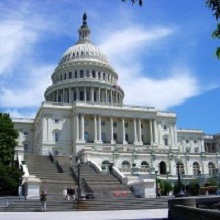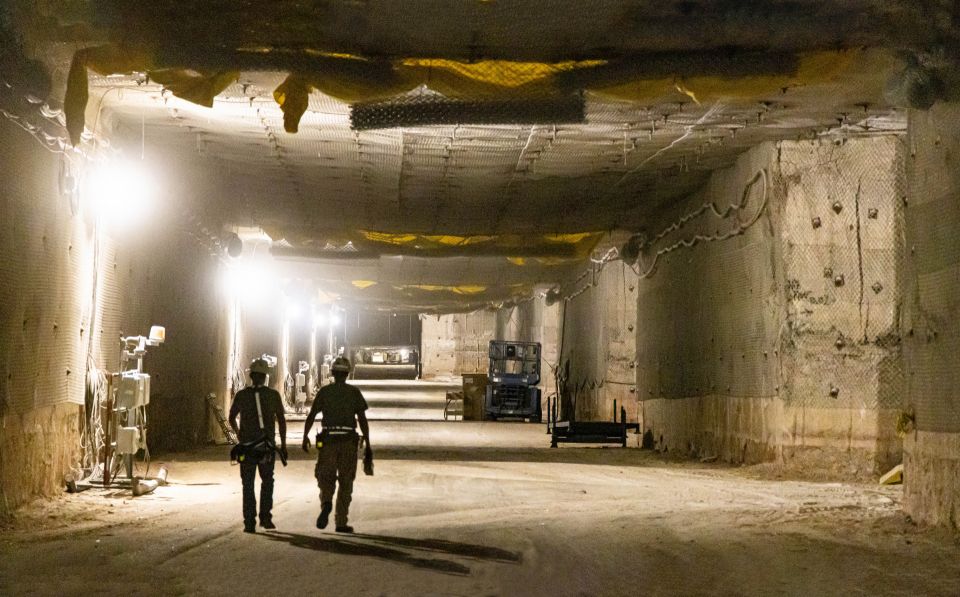ANS Annual / Winter Meetings: What goes in, and why YOU should attend
ANS Nuclear Cafe recently took the opportunity to ask a number of nuclear professionals and ANS staff members some questions about attending the organization's annual meetings - the ANS Annual Meeting held in the summer, and the ANS Winter Meeting held in late autumn. The answers we received help us understand not only the benefits of attending these meetings, but also the work that goes into preparing large events with over a thousand attendees.
Our panel: Rick Michal is the Director of Scientific Publications and Standards for the American Nuclear Society; Toni Bishop is Administrative Assistant for Communications and Outreach on staff at ANS Headquarters; Margaret Harding has worked for many years in the nuclear industry and is founder of 4Factor Consulting, as well as holding many positions within ANS Committees; Sam Brinton is a graduate student in Nuclear Science and Engineering and the Technology and Policy Program at Massachusetts Institute of Technology specializing in Nuclear Fuel Cycle Modeling, and also holds various internal positions as an ANS member.
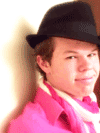
Brinton
• Why do you attend the ANS national meetings?
Margaret: "I get an update on the broadest industry level - utility, vendor, national lab, and regulator."
Sam: "It's a great opportunity to interact with the best and brightest in my professional field, in an environment which encourages participation at all ages."
Toni: "Mostly to work!"
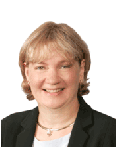
Harding
• Tell us about a great networking experience you've had at an ANS national meeting.
Margaret: "I've met a number of great people in the industry that I keep in contact with, both for potential consulting opportunities and to keep up on industry activity."
Sam: "The internships I've held during my academic career have all been possible because of connections I made at ANS meetings. They are invaluable."
Toni: "It helps me in the Outreach Department. I meet so many knowledgeable members on whom I can rely for information when I receive inquiries from the general public."

Michal
• Who have you met at an ANS meeting that you likely wouldn't have met otherwise?
Margaret: "I've met so many great people, I can't begin to name them all. BUT I want to give a shout out to Mimi Limbach." (Editor's note - Mimi is receiving the 2013 Distinguished Service Award at the Winter Meeting) Margaret continues, "Getting to know her (and playing countless Words with Friends games) has been a high point. I love her session at every conference and look forward to picking up more information about the politics and communications of the industry."
Sam: "Students from across the country... who rarely see another nuclear student outside their own department are able to connect and share their academic and professional experiences."

Bishop
Toni: "I've met wonderful people like Candace Davison, Mary Lou Dunzik-Gougar, David Pointer, Eric Loewen, the late John Landis - so many people who are dedicated to helping the public understand nuclear science."
• Tell us about how you fill in your schedule around the sessions -- do you meet with professionals, say, for dinner?
Sam: "The social schedule of the meeting is just as important as the professional schedule. The dinners, coffee breaks, and even evening strolls help to forge a network that will last a lifetime."
Rick Michal definitely has an "insider's view" of the annual meetings, considering his position. He's provided us with his perspective going into these meetings:
"... I don't know if I would use the word 'excitement' to describe my feelings as the weeks lead up to the meeting. Yes, there is anticipation, but our staff here has to make sure that 'all the i's are dotted and t's are crossed' for the meeting. Each of our departments is responsible for different things.My department, Scientific Publications and Standards, reports to numerous ANS committees about our products, and so there are reports to write and charts to prepare. I depend heavily on my staff to help me get ready for the meeting. We also are responsible for the "book fair" at the meeting, where we sell our books, proceedings, and other products. So, it's a whirlwind of activity for all of us. And, for me, I can honestly say that my staff and I are busy preparing for the meeting up until the Friday before it starts. My department holds off on preparing the reports and charts until the last possible moment, because we want the numbers in them to be as current as possible... numbers such as subscriptions, sales, published articles, and so forth."
The presentations and panels are a key value in these meetings; Margaret offers some of her observations about these, and about communications.
"For the next meeting in Washington, D.C., it's been my privilege to work with Steve Skutnik and Ron Kneif on a Risk Perception and Communication Panel. I will be one of the panelists along with some truly knowledgeable folks on risk communication (not just Nuclear!) and will get another opportunity to talk about the importance of communication in our industry. I'm always pleased to get to speak at ANS meetings, even more so enjoying the Q&A after every presentation I give. I think those dialogues are incredibly valuable."
There is unquestionably a lot involved for everyone who travels to meetings, whether they're working, or presenting, or attending. We asked our group what their feelings are as they leave each big national meeting:
Margaret: "I almost always leave the meeting energized again about the great people in our industry, and how important our technology is to the future of not just the United States, but the world."
Sam: "I am usually exhausted and behind schedule, but I also am already looking forward to my next chance to see my ANS friends."
Toni: "I'm usually exhausted and exhilarated at the same time. I've worked hard during the meeting, and I know there will be more work waiting for me when I get back. But I know I've made some new contacts and great friends. It's always nice to put a name with the face of someone I've been e-mailing or talking to on the phone - to shake their hand, and make personal contact. I find that personal contact solidifies the relationship between the members and headquarters."
What happens when the meeting is over?
Toni: "Believe it or not, when one national meeting ends, we actually start planning for the next one. We start asking 'what could we have done better... and what can we do next time?' Then we start planning. I would say that the planning actually starts taking place about three to four months before 'show time'."
As we can see, there is a lot of work that goes into these meetings... and our participants have expressed that there is important value to be derived from attending the meetings as well - value that can last a lifetime.
If you haven't looked at the itinerary for the ANS 2013 Winter Meeting, take a look now and see whether or not you could benefit... or whether you could contribute! See the meeting schedule and all the details at the American Nuclear Society's website, ans.org.
(Editor's note: Due to the recently ended U.S. government shutdown, Early Registration and hotel reservation deadlines are extended until October 25th for the ANS Winter Meeting, November 10-14 in Washington D.C.)
______________________
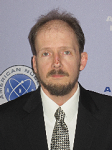 Will Davis is a consultant to, and writer for, the American Nuclear Society; an active ANS member, he is serving on the ANS Communications Committee 2013-2016. In addition, he is a contributing author for Fuel Cycle Week, is Secretary of the Board of Directors of PopAtomic Studios, and writes his own popular blog Atomic Power Review. Davis is a former US Navy Reactor Operator, qualified on S8G and S5W plants. He's also an avid typewriter collector in his spare time.
Will Davis is a consultant to, and writer for, the American Nuclear Society; an active ANS member, he is serving on the ANS Communications Committee 2013-2016. In addition, he is a contributing author for Fuel Cycle Week, is Secretary of the Board of Directors of PopAtomic Studios, and writes his own popular blog Atomic Power Review. Davis is a former US Navy Reactor Operator, qualified on S8G and S5W plants. He's also an avid typewriter collector in his spare time.


